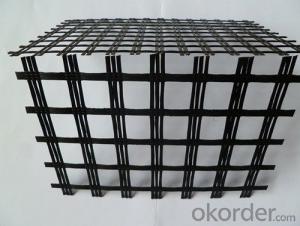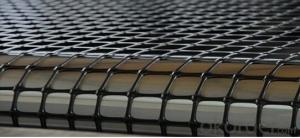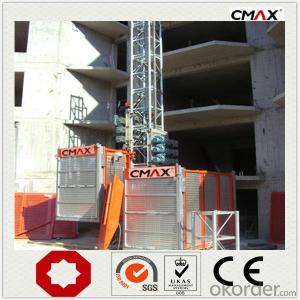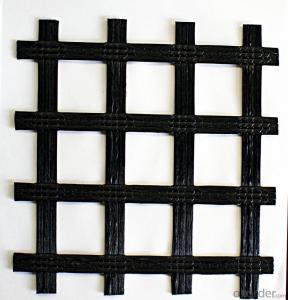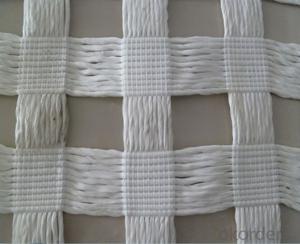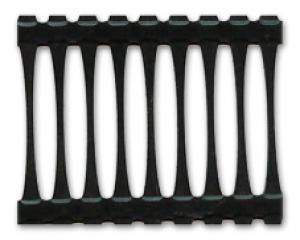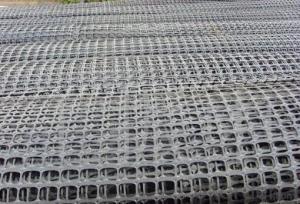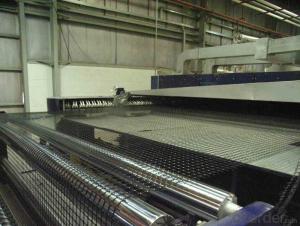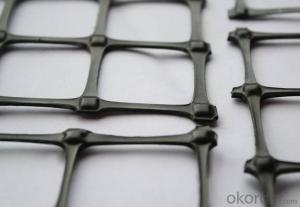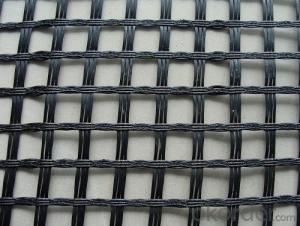Triax 160 Geogrid
Triax 160 Geogrid Related Searches
Fridge With Freezer On Bottom Driveway Pillars With Lights Blu Ray Player With Recorder Blu Ray Player With Internet Geogrid In Retaining Walls 1708 Biaxial Fiberglass Tape Pullout Resistance Of Geogrid Geogrid Warp Knitting Machine Srw 3 Series Geogrid Biaxial Plastic GeogridHot Searches
Fiberglass Scaffolding For Sale Fiberglass Panels For Sale Fiberglass Greenhouses For Sale Geogrid Fabric For Sale Gas Powered Core Aerator For Sale Revolution 4 Propeller For Sale Alabaster Carving Stone For Sale Geogrid For Sale Near Me Tensar Geogrid For Sale Geogrid For Sale Ex Display Log Cabins For Sale Photoelectric Cells For Sale Athletic Lockers For Sale Cubicle Partitions For Sale Stearman Propeller For Sale Palram Greenhouses For Sale Gumbo Bowls For Sale Suzuki Propellers For Sale Freight Crates For Sale Outhouse Sheds For SaleTriax 160 Geogrid Supplier & Manufacturer from China
Okorder.com is a professional Triax 160 Geogrid supplier & manufacturer, offers integrated one-stop services including real-time quoting and online cargo tracking. We are funded by CNBM Group, a Fortune 500 enterprise and the largest Triax 160 Geogrid firm in China.Hot Products
FAQ
- Yes, geogrids can be used in the reinforcement of embankments over soft soils. Geogrids are commonly used to improve the stability and strength of embankments by providing additional reinforcement and distributing loads more evenly. By placing geogrids within the embankment layers, they can effectively improve the bearing capacity of the soil, prevent excessive settlement, and increase the overall stability of the embankment structure.
- EG65R type geogrid meaningWhat is the meaning of EG, said 65 per meter of tensile strength is 65kN? 65KN/m R will be broken? What is the meaning?
- Is that tension can reach more than 65KN, as can pull off in what, I do not know, if there is a need to contact me, thank you, hope to adopt!
- Geogrids improve the stability of levees by providing reinforcement to the soil structure. They are designed to distribute the forces exerted by the soil and help prevent erosion and slope failure. Geogrids act as a stabilizing mechanism by increasing the strength of the levee, reducing the potential for settlement, and enhancing its overall stability.
- Geogrids improve the performance of geotextile erosion control blankets by providing additional stability and reinforcement. They prevent soil movement and erosion by distributing and transferring loads more effectively, enhancing the overall strength and durability of the erosion control system.
- What is the difference between polyethylene geogrid and uni directional high strength geogrid
- Purpose of service life. OneThe bidirectional grid is suitable for increasing the bearing capacity of the road (ground) base, and the service life of the Yan Changlu base. TwoThe utility model relates to a bidirectional grid which is suitable for preventing the collapse of the road surface and the generation of cracks.
- What is the distance between the waterproof plate and the top of the tunnel? What are the relevant provisions of this specification?
- The main production and operation of a variety of plastic geogrid, steel plastic composite geogrid, fiberglass geogrid, warp knitted polyester geogrid
- Geogrids offer several advantages over other soil reinforcement methods. They are cost-effective, easy to install, and have a high tensile strength. Additionally, geogrids provide excellent soil stabilization and can withstand heavy loads, making them a preferred choice in various applications such as retaining walls, slopes, and road construction.
- Yes, geogrids can be used in ground stabilization for wastewater treatment plants. Geogrids are often used in such applications to reinforce and stabilize the soil, preventing erosion and ensuring long-term stability of the facility's infrastructure. They provide additional support to the ground, reducing the risk of settling and maintaining the integrity of the wastewater treatment plant's structures.



















